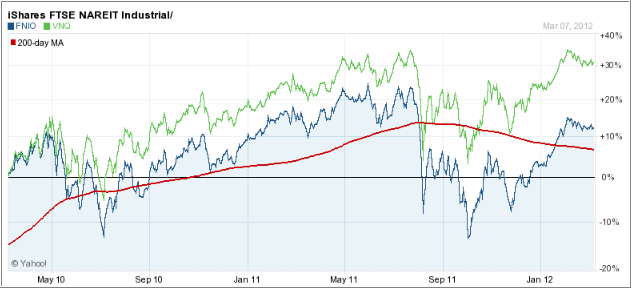 As the economy shows signs of a slow recovery with successive lower unemployment-rate readings and better overall economic numbers, is it time to raise a toast for the real estate sector?
As the economy shows signs of a slow recovery with successive lower unemployment-rate readings and better overall economic numbers, is it time to raise a toast for the real estate sector?
Well, if you look at the US residential property market, the indicators have been mixed with the latest S&P Case Shiller Home Price Index readings dropping by 0.5 percent for the month and 4 percent on the year. On the other hand, existing home sales and inventory levels show a trend reversal with enough indications of a slow but gradual recovery.
The developments in the commercial property market, in contrast, have been more even. The Society of Industrial and Office Realtors CRE Index, though remains lower overall, is moving north while the National Association of Realtors forecasts lower vacancy rates in all segments of the commercial real estate segment.
Investors may consider commercial real estate for diversification purposes as well. Most don’t have any commercial exposure in their portfolios though they are invested in the residential segment through home ownership.
Exposure in the commercial sector does offer some hedging benefits and this is where ETFs become relevant since they help in spreading property investment risks across different geographies and nearly eliminates local market price volatilities.
Investors looking to enter the commercial real estate space may consider the following two ETFs:
1. The iShares Barclays CMBS Bond Fund (CMBS) is ideal for those who still consider real estate equities risky and would invest in asset backed securities instead. This fund follows the Barclays Capital U.S. CMBS Index, which tracks a benchmark of commercial mortgage-backed securities (CMBS). However, the fund being relatively young (it debuted in Feb.), both the asset under management (AUM) and volume are relatively low. The ETF has about 30 securities in its basket that offer coupons in the 5.4-5.8 percent range.
2. The iShares FTSE NAREIT Industrial/Office ETF (FNIO) on the other hand, is a pure-play commercial real estate fund that tracks the FTSE NAREIT Industrial/Office Capped Index and holds 30 securities in its basket. Both large and small caps make up about 37 percent of FNIO, making the fund evenly spread out across the segments. The fund charges 48 basis points annually and yield has been around 3.2 percent.
However, it lags performance of VNQ (which we own), as the following chart shows:
No matter which one you may decide is right for you, be sure to apply my recommended sell stop discipline. For these types of sector ETFs, I use 10% off the high since I bought it.
Disclosure: Holdings in VNQ
Contact Ulli
